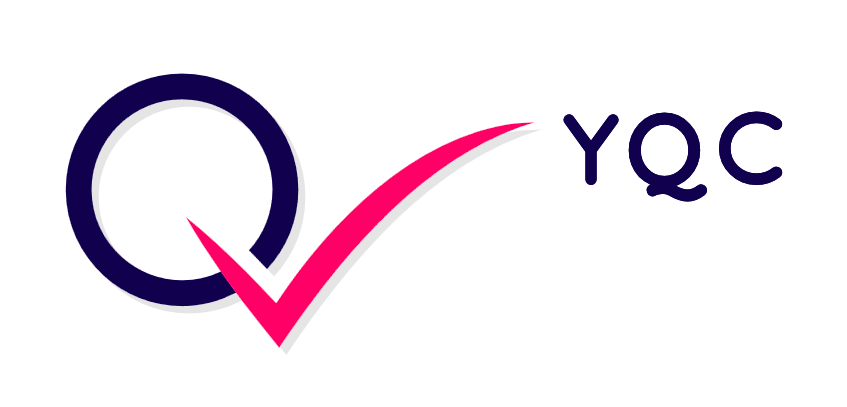UVC LED, a sustainable solution for water, air, food and surface disinfection
People may be sick due to the waterborne germs, which can be virus, bacteria, parasite or protozoa.
Back to 2009-2010, CDC (Centers for Disease Control and Prevention) investigated over 33 outbreaks of waterborne microbiological illness. The outbreaks occurred in 17 states and resulted in 1,040 illnesses, 85 hospitalizations , 9 deaths. Details can be found at CDC.
Waterborne germs become concerns of public health in many ways. Among them:
- Many germs can be tolerant to Chlorine disinfection, which is widely used for water cleaning. Typical examples include Cryptosporidium and Giardia. According to CDC, cryptosporidium parasites are found throughout the world. There are approximately 748,000 cases of cryptosporidiosis each year in the United States.
- Prolonged stagnation helps bacteria’s growth in water. After various stagnation intervals, dangerous germs like proteobacteria can be found in the tap biofilm, Legionella may increase in the stagnation zones.
For an independent water distribution system, like the one in RV or boat, the opportunities of prolonged water stagnation increase. Consequently, there are higher risk of deteriorated drinking water quality.
UVC radiation is a known disinfectant for water, and has effectively been used for decades to reduce the spread of bacteria.
UVC disinfection has many advantages:
- It is effective at inactivating most viruses, spores, and cysts.
- It is a physical process rather than a chemical disinfectant.
- There is no residual effect that can be harmful to humans.
- It is user-friendly for operators.
- It requires less space than other methods.
UV-LED vs. UV Lamp
UV lamp is widely used in water treatment, whose light source is Low (or Midium) Pressure Mercury Lamp.
UV-LED's light source is LED chips.
UV-LED has many adventages over UV lamp, which makes it the future technological solutions for water disinfection.
CDC has done a lot of studies and made guidelines for water treatment while hiking, camping or traveling.
According to the guideline, UV treatment system is highly effective in removing:
- Protozoa (for example, Cryptosporidium, Giardia)
- Bacteria (for example, Campylobacter, Salmonella, Shigella, E. coli)
- Viruses (for example, Enteric, Hepatitis A, Norovirus, Rotavirus)
UVC light is effective because it can eliminate organisms’ ability to reproduce by destroying their DNA. This process is called inactivation.
Mercury free

Mercury is toxic even in small amounts, so extreme caution is needed in cleaning a UV lamp that has broken and in disposing of the lamp. UV LED doesn’t contain mercury at all.
Mercury free means it is environmentally friendly, in compliance of The Minamata Convention on Mercury*.
* The Minamata Convention on Mercury is an international treaty designed to protect human health and the environment from anthropogenic emissions and releases of mercury and mercury compounds.
And you don’t have to worry about managing them in accordance with disposal laws (ref. LampRecycle.org).
Ozone free
Ozone inhalation can be irritating to the airway.
UV lamp emits UV radiations at 253.7 and 185.0 nm, the latter one is “ozone-generating” wavelength. UV LEDs emit a very narrow wavelength band of radiation, with peak wavelengths at 265 nm, meaning it is ozone free.
How to evaluate the effectiveness?
"Log Reductions" convey how effective a product is at reducing pathogens. The greater the log reduction, the more effective the product is at killing bacteria and other pathogens that can cause infections.
Log reduction relates to the percentage of microorganisms physically removed or inactivated by a given process. For example, a 1 log reduction will see the pathogen of interest reduced by 90% from the influent level before UV disinfection. The microbe count is reduced by a factor of 10—or 1 log.
Note: CFU - Colony Forming Unites
Why UVC Sterilizer
UV light has a wavelength range between 200-400 nm and is classified into:
- UVA (315-400 nm)
- UVB (280-315 nm)
- UVC (200-280 nm)
Among them, UVC has the shortest wavelength but most energy.
ABOUT
CONTACT US
All rights reserved, YQC Co., Ltd.
No. 5016, Wenxiang Road, Songjiang District, Shanghai, China
ergopur@outlook.com












